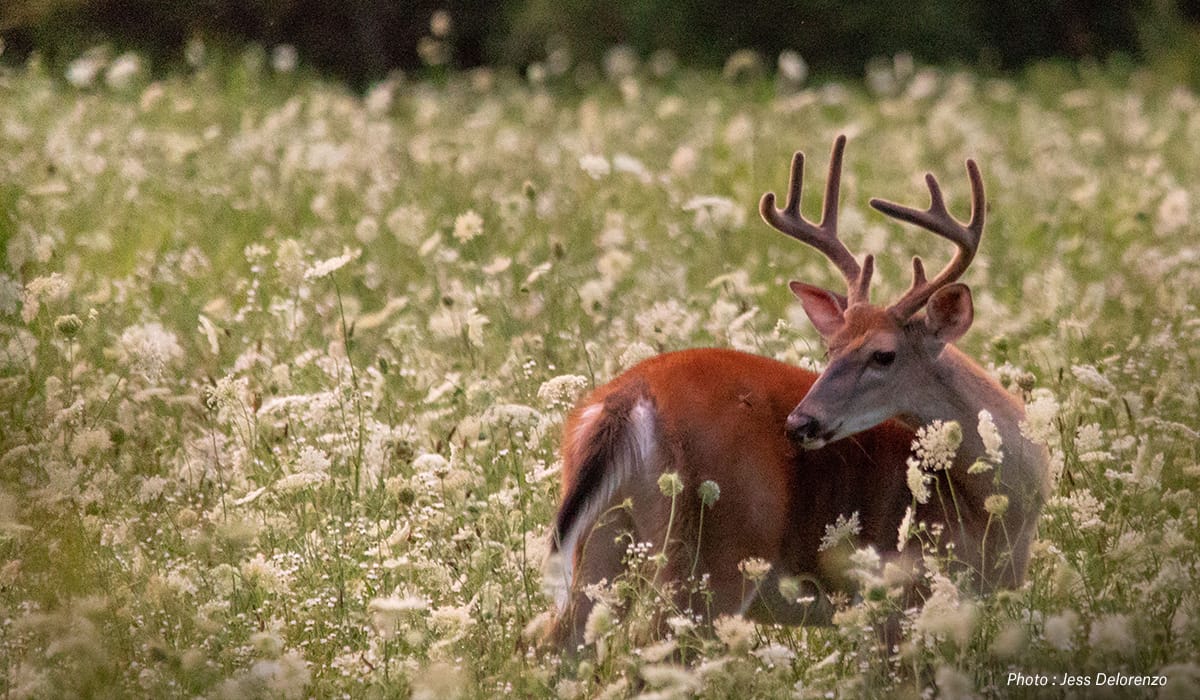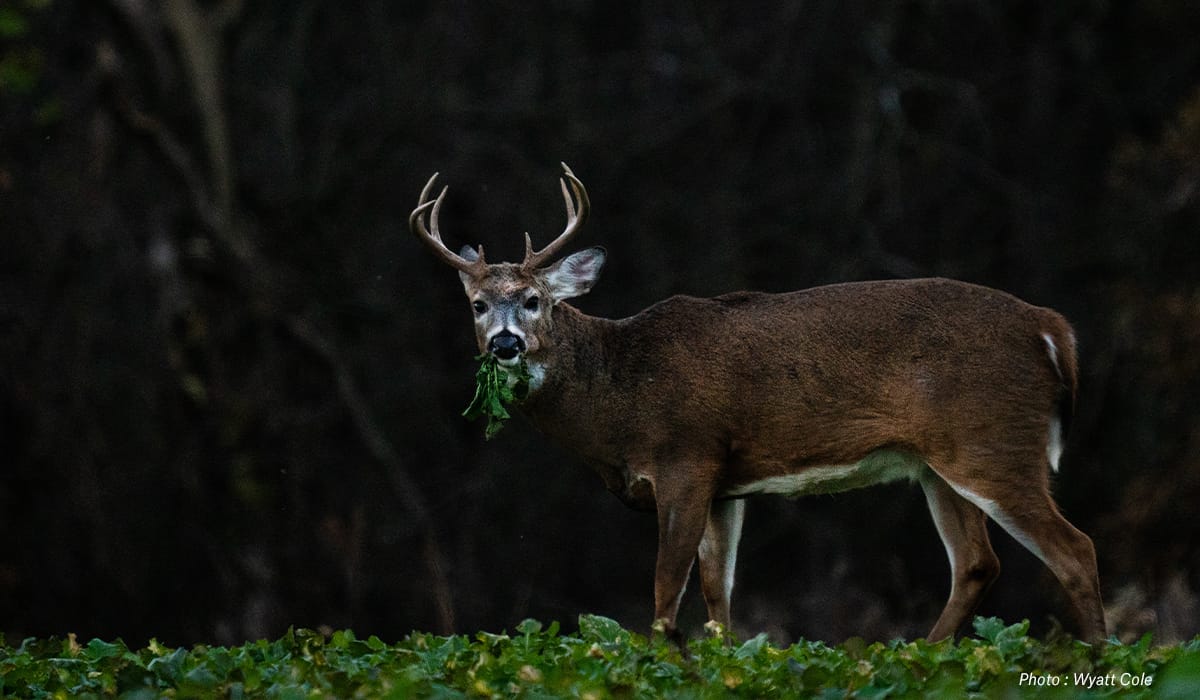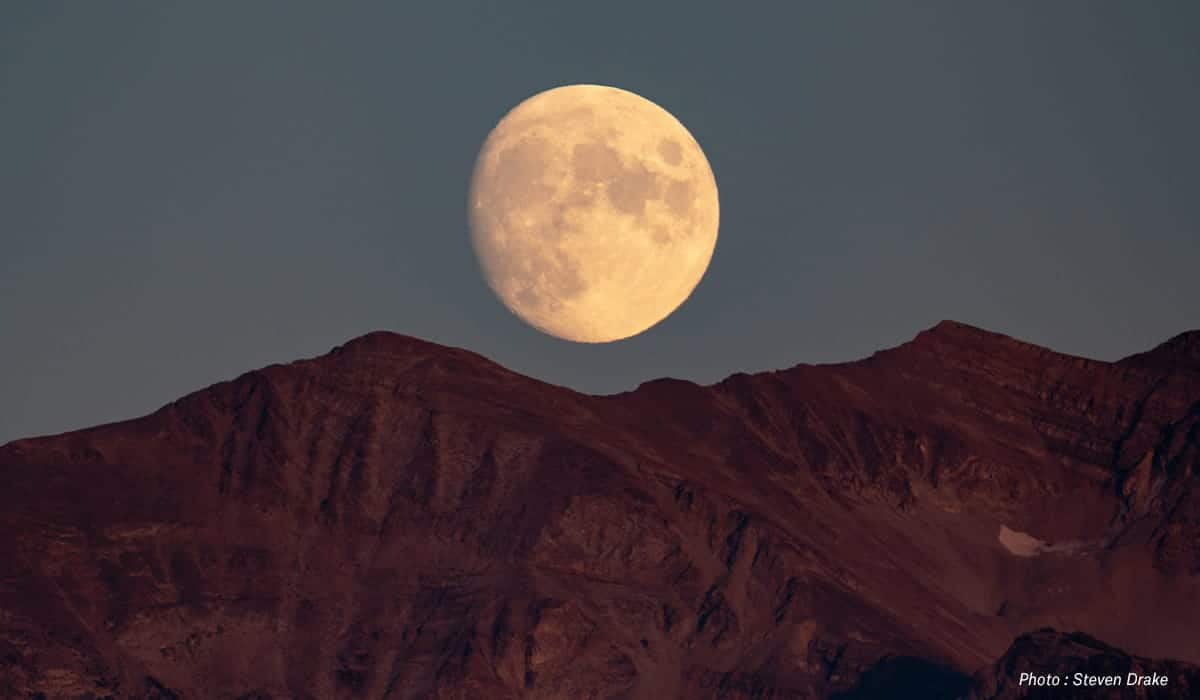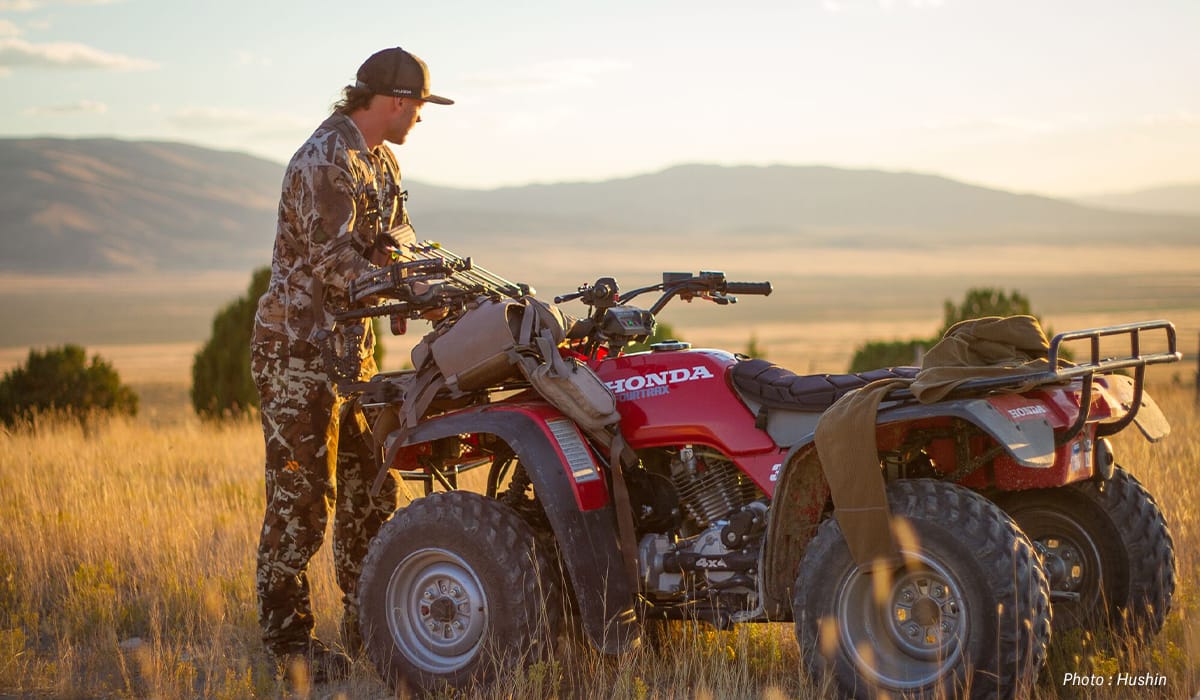It’s almost a rite of passage for any hunter to spend sunup to sundown in a tree stand or roaming the hills looking for deer or other elusive quarry, but it doesn’t have to be that way for every hunt when you understand the best hunting times.
Knowing the best time to hunt deer will give you more confidence in the field and increase your chances of success. Here, we look into deer movement, deer feeding times, and other factors that help determine the best time of day to hunt deer.
Best Time To Hunt Deer
The most straightforward, albeit generic, advice regarding the best times to hunt deer is to be out near first light and toward last light. Whitetail deer are crepuscular, meaning they are most active in the twilight hours. However, this doesn’t mean they’re only active at dawn or dusk. Crepuscular animals are also known to be active on moonlit nights, overcast days, or when competition or hunting pressure demands it.
So, while whitetails are generally on the move in the early mornings and evenings, many hunters understand it goes beyond that. To regularly find success in the field you also want to understand conditions and natural patterns that affect deer movement.
Whitetail deer are crepuscular, meaning they are most active in the twilight hours. However, this doesn’t mean they’re only active at dawn or dusk.
What Influences Deer Movement Times?
Deer move to look for the things that satisfy their basic needs: food, water, safety, and creating offspring. They will move at odd times—day or night—to find those things. When we dig into why deer move, we can better understand where and when they’ll be so we can situate ourselves for a shot.

Deer Feeding Times: Food, Water, and Frequency
Food
A deer’s feeding habits define most of their daytime activity and help us pinpoint the best times to find them. A few aspects to understand about deer feeding habits:
- Deer feed about five times in 24 hours
- They are selective foragers, meaning they don’t generally stand in one place eating plants down to the ground, and instead move from food source to food source nibbling off the most palatable, nutritious parts of plants.
- Deer, especially big bucks in pressured areas, often prefer eating in staging areas instead of big food plots. Staging areas are small pockets of land with ample food, usually between their bedding areas and major food sources.
- Mature deer will wait until nightfall to venture out to major food plots. Does and young bucks will tend to take the most direct route, while mature bucks will meander there.
The best time to hunt deer around their feeding schedule is one hour before dark. This feeding typically occurs at a food source between a deer’s daytime and nighttime bedding spots. You can try to be in position as they move to the food source, find them at the source, or as they move along their preferred route to their night spots.
The best time to hunt deer around their feeding schedule is one hour before dark. This feeding typically occurs at a food source between a deer’s daytime and nighttime bedding spots.
Water
Whitetail bucks are known to have at least one bed near water. Since deer drink roughly three to five quarts of water a day (or 1 ½ quarts per 100 pounds they weigh), they generally need to be near a water source several times a day (deer can go longer without water because they get a lot of their water needs met from the foods they eat).
While many think hunting near water sources on hot days is a sure bet, keep in mind that deer often move less in the heat to conserve energy. When it’s hot, look for smaller water sources closer to known bedding areas.

Protection: Cover, Safety, and Sleep
Deer use cover for bedding and to feel safe from predators, both animal and human. As creatures of habit, when deer find good bedding areas they’ll stick with them until they get pressured out or it’s the rut. Understanding a few bedding aspects can provide insights into the best hunting times:
- In the daytime, deer prefer thick cover to keep hidden.
- At night, deer bed in places that allow them to take advantage of prevailing winds and thermals.
- Deer don’t lay down and sleep all night; they get up and feed. The common pattern for deer sleep is dozing off for 30 seconds to several minutes (rarely more than 10 minutes), followed by brief periods of alertness, and then standing and stretching every 30 minutes or so.
- Bucks, particularly, will have three to five different preferred beds over the course of a year.
- Does tend to bed closer to water.
- In the fall, bucks tend to bed on high ground that’s easy to move in and out of.
The best time to hunt deer around bedding areas is generally dependent on two things: weather and food sources. Wait for a warm morning forecast that follows a cold night. Deer will stay bedded longer if it’s cold; if you know the day will warm up quickly, you can count on deer moving out toward sunnier, warmer spots sooner. Also, a deer’s priority after sleeping or bedding is food (before water), so getting near their travel route between cover and a quality food source will put you in the right place at the right time.
Wait for a warm morning forecast that follows a cold night. Deer will stay bedded longer if it’s cold; if you know the day will warm up quickly, you can count on deer moving out toward sunnier, warmer spots sooner.

Environmental and Biological Considerations: The Rut, The Heat, The Moon
Here’s where we see a deer’s routine disrupted by biological, meteorological, and lunar factors. We can ballpark a few best hunting times based on whether deer are in the rut, it’s hot, or the moon is waxing, waning, or full.
The Rut
While most deer won’t move midday if it’s hot, bucks certainly will during the rut. In fact, most experts agree that a hunt can turn successful nearly any hour of the day in rutting season. Bucks are looking for does and they will travel to great lengths to find them. They will even eat and drink less during these days or weeks.
You’ll have a lot of flexibility for the best time to hunt bucks during the rut. One tip: fall back on your pre-season scouting and get out when you know does frequent the area.
Most experts agree that a hunt can turn successful nearly any hour of the day in rutting season.
Temperature
For the first several weeks of the season, when it’s generally hotter, the best time to hunt is the last two hours of the evening. Warm mornings and hot days cause deer to spend more time feeding at night, so by dawn, they are bedded down and will be less active during the day. As the evening cools, they’ll move around for food and water.
By mid-season, or before the rut is in full swing, the best hunting time is the first 45 minutes of morning light, where you might catch bucks moving back to bedding after night feeding or getting up from their nighttime bedding. Remember, if the night is cold and the morning will be warm, deer will get up and get active.
Moon Phase
The moon’s effect on deer movement is the source of much debate. One study by Marcus Lashley of North Carolina State University, which compiled over 22,000 GPS fixes on live deer, found that deer move mostly at dawn or dusk regardless of the moon phase. However, in the same study, he noted a slight uptick in midday movement during full moons. To even more minor degrees, Lashley found deer movements were greatest during the late afternoon in the last-quarter moon and were greatest at dawn during new moons.

How Humans Impact Deer Movement
People impact deer movement, too. Here’s how:
- Human/Hunter Pressure: Deer don’t like to mix with humans when possible. During hunting season, knowing where other people might be hunting or recreating can help you rule out where deer might be scarce. Use onX Hunt to find the easiest access points on public land and assume other hunters will use those points. If you can find an alternative entry point, you’ll have the advantage.
- Human Presence: Yes, it sounds like what we just covered, but this is different. If you’re sitting in the same hunting spot multiple days and not seeing deer move through, they’re likely on to you and your presence has altered their patterns.
Also, pay attention to your neighbors’ hunting habits. Do they just hunt weekends? Are they prone to hunt evenings more than mornings? How do deer react when the neighbors crank up and ride to their stand? Are you taking advantage of escape routes on private property the same way successful public land hunters do? On average, it takes about five days for deer to be comfortable returning to a hunting stand site after they were busted from that location.
- Motorized Travel: From noise and scent factors alone, 4-wheelers and side-by-sides disrupt deer and affect their movement patterns. Consider your own ride or what other hunters in the area are doing to get to their tree stands, check their game cameras, retrieve game, or fill feeders. More and more hunters are looking at electric transportation (think golf carts with a lift kit) to minimize distractions and disruptions.